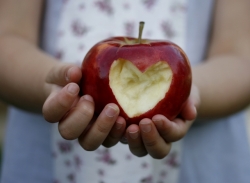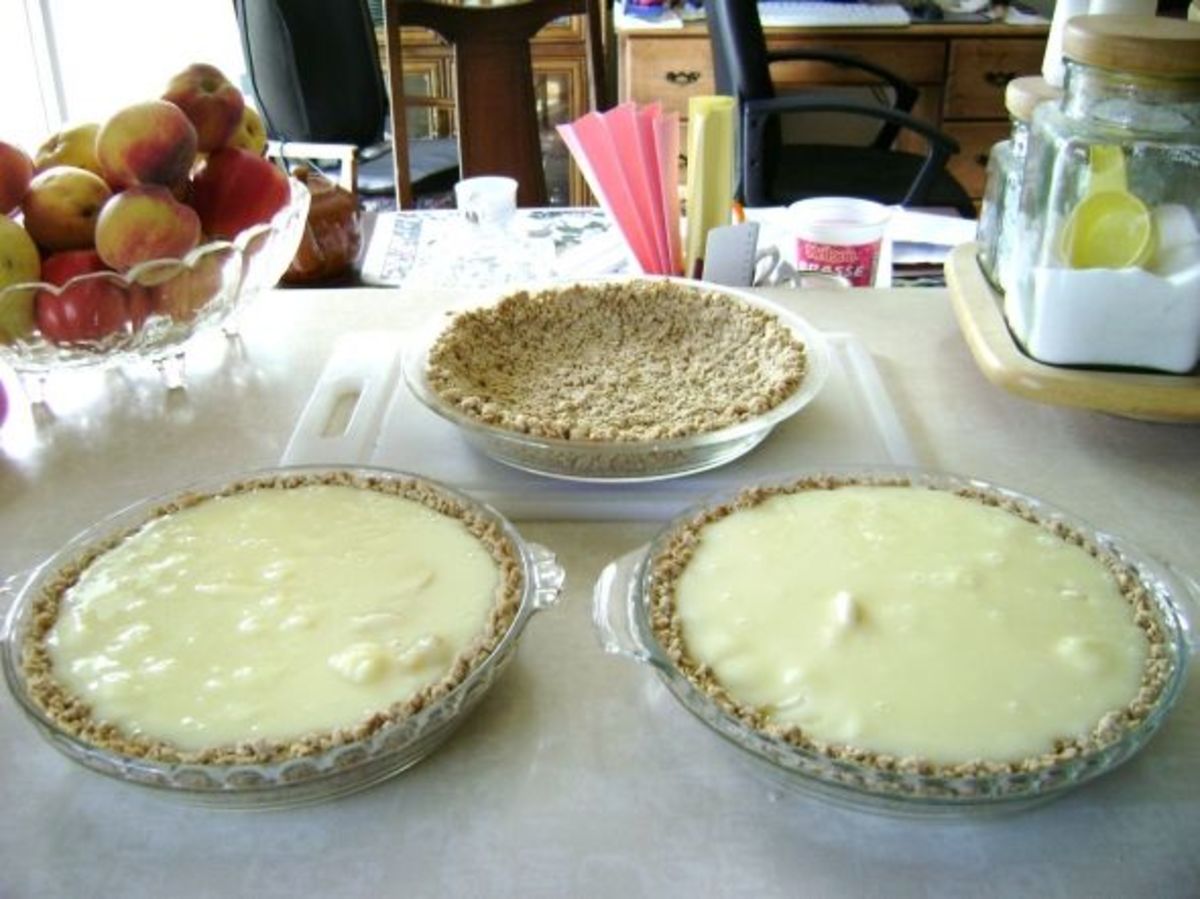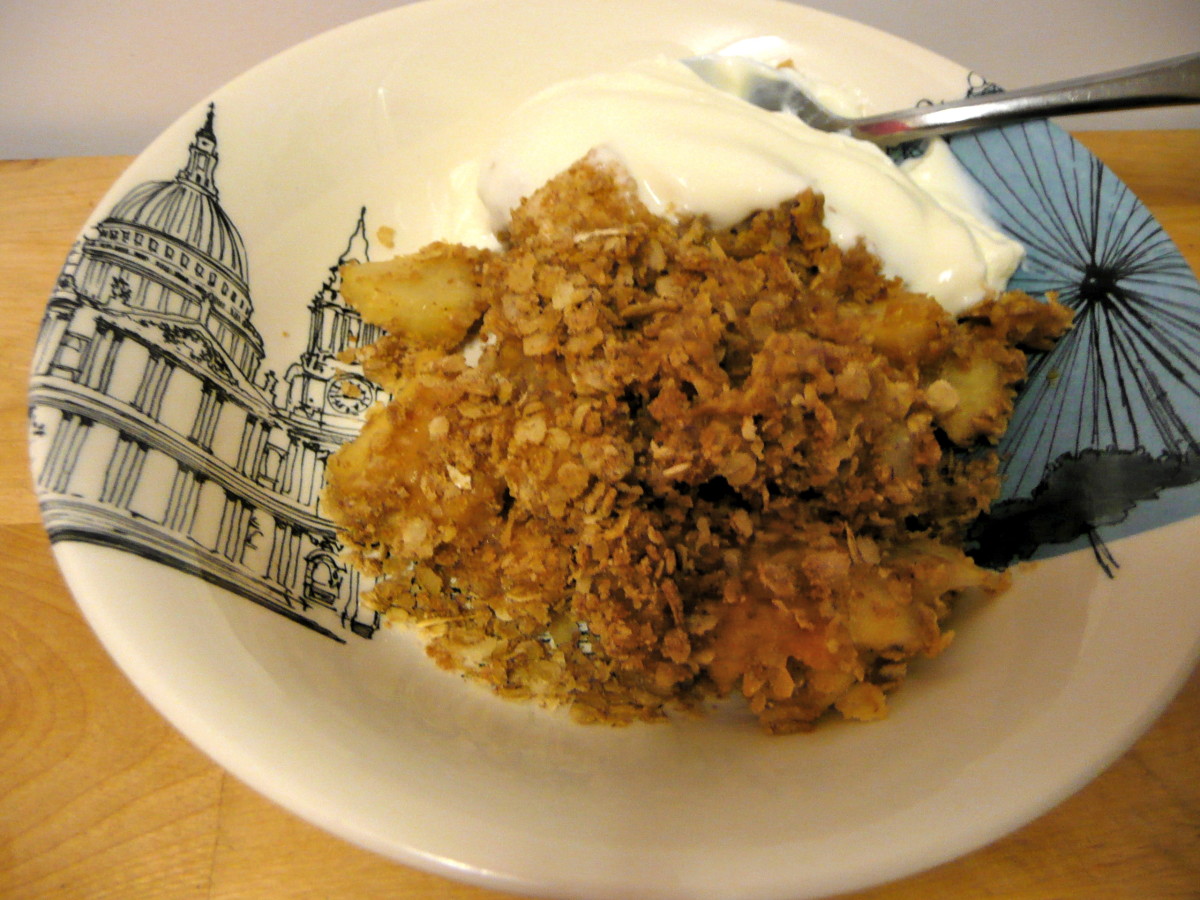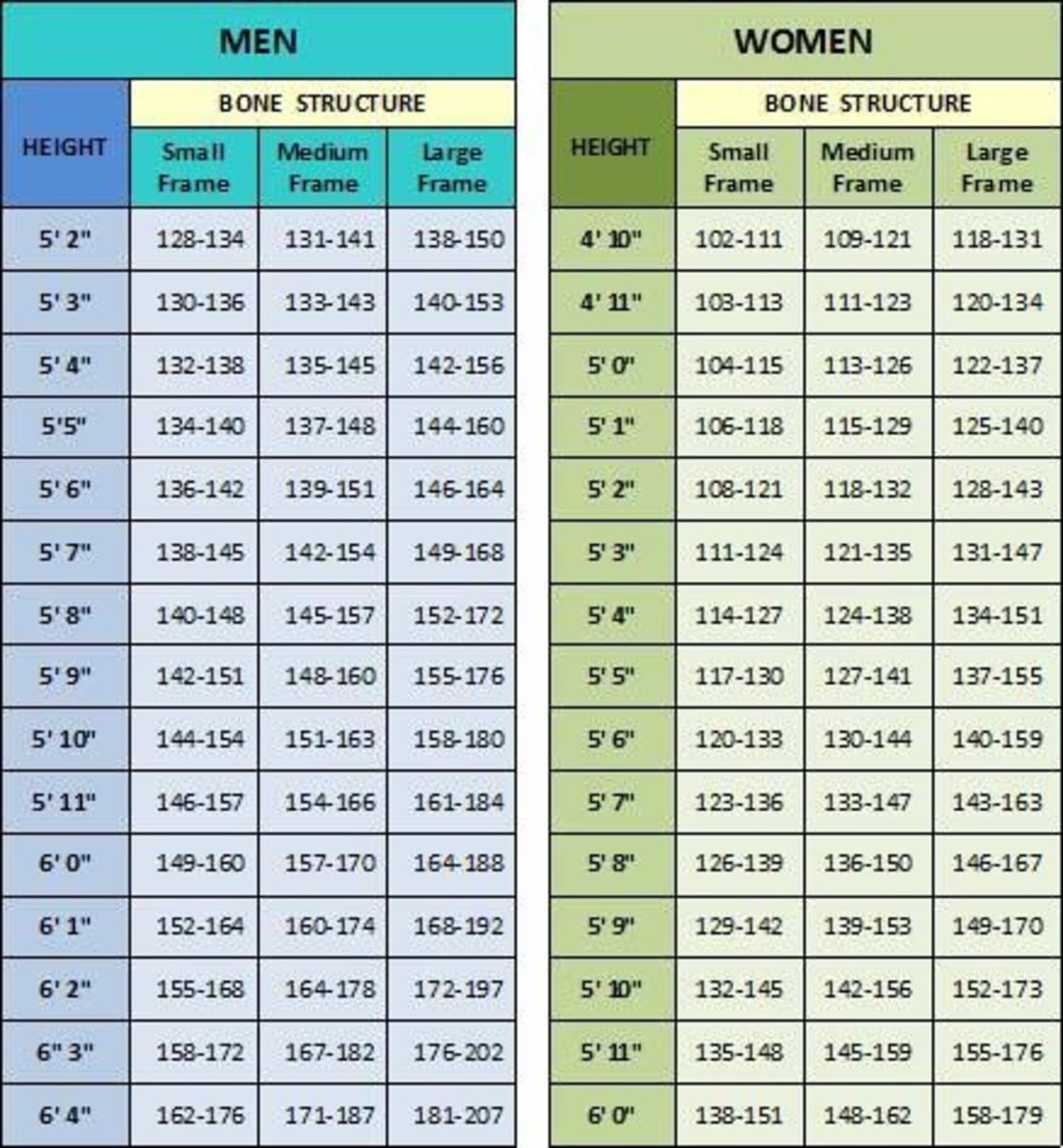- HubPages»
- Health»
- Diet & Weight Loss»
- Healthy Diets
Low Cholesterol Diet Plan

Manage Your Cholesterol with a Low Cholesterol Diet Plan
A low fat, low cholesterol diet plan can help you put your blood cholesterol level under control and help reduce your risk of heart disease and stroke. Now, if you think this is quite a challenge, think again!
You can easily lower your cholesterol by eating foods that belong to the low cholesterol foods list. Learn more about controlling your cholesterol by reading this page.
Understanding Cholesterol
Before you start hating the word "cholesterol", you should know that not all cholesterol is bad for your health - there is such a thing as good and bad cholesterol. In fact, a certain amount of cholesterol is actually produced by our body to support several bodily functions. These include the following.
Functions of Cholesterol in the Body
- Maintaining proper cell membrane function. Cholesterol is responsible for maintaining the permeability and fluidity of cell membranes of all vertebrates. It also helps facilitate the transport of nutrients and nerve signals between cells as well as within single cell structures.
- Production of bile acids. Bile acids are important because they aid in the digestion of lipids (fat molecules) and fat soluble vitamins (A, D, E, and K) in the small intestine.
- Facilitating the production steroid hormones. Cholesterol plays an important role in the production of the adrenal gland hormones such as cortisol and aldosterone. It is also an integral component in the production of the sex hormones progesterone, estrogen, testosterone and their derivatives.
What is Cholesterol?
Here's a short video that can help you appreciate and understand the basic things about cholesterol.
What is Cholesterol? Get to Know the Basics
The Link Between Cholesterol and Diet
Why Foods High in Cholesterol Can Be Bad for You
About 20 to 25 percent of your total daily cholesterol production takes place in the liver. The intestines, adrenal glands, and reproductive organs also produce a considerable amount of cholesterol on a daily basis.
Since cholesterol is actually produced in the body, eating a lot of foods high in cholesterol can actually raise your cholesterol levels significantly. And a high level of blood cholesterol is strongly associated with progression of atherosclerosis, or the hardening of the arteries - a condition that may very well increase the risk of cardiovascular disease, heart attack and stroke. Learn more about the connection between cholesterol and heart disease by checking this useful resource:
The Dangers of High Blood Cholesterol
How does cholesterol affect heart health? Watch this short video to explore the dangers associated with high cholesterol levels in your circulatory system.
Exploring the Risks of High Blood Cholesterol
The Million Dollar Question: How to Reduce Cholesterol Naturally
Basically, you can manage your cholesterol levels effectively by (1) avoiding foods high in cholesterol and (2) eating foods low in cholesterol. So, how can you have low cholesterol meals every single day? Here are some tips and recommended resources that can help you achieve your goals:
- Follow a heart-healthy low fat, low cholesterol diet plan. Start by adding a lot of high-fiber foods such as whole grains, fresh fruits and vegetables to your diet. Stick with fish, lean meats and poultry and fat-free or 1 percent dairy products for your protein source. Remember to eat fish at least twice a week. A nutritious, well-balanced diet low in saturated fats, trans fats, cholesterol, and sodium is what you need to keep your blood cholesterol level healthy.
- Incorporate regular physical activity to your daily routine.Don't live a sedentary lifestyle. It won't do you any good. In fact, it can even worsen your condition. As a general rule, you need to get moving. Find an activity you enjoy the most and squeeze in at least 30 minutes of physical activity in your daily routine, if possible. Go for something that you truly enjoy to get the most out of it.
- Kick the habit. Smoking decreases your body's supply of HDL (good) cholesterol and raises your LDL (bad) cholesterol. So, if there's one good reason to quit smoking, this may be it. Need help in kicking the habit? This may help:
Enjoy Low Cholesterol Meals Every Single Day without the Guilt!
- Reduce your saturated fat intake. While most meats have about the same amount of cholesterol (70 milligrams for an average sized serving about the size of a deck of cards), the amount of saturated fat can vary widely, depending on the cut and the way it was prepared. So, to reduce the amount of saturated fat in meat, use lean cuts. You should also choose "select" or "choice" grades over "prime". Trimming all visible fat prior to cooking and draining off fat when broiling, roasting or baking also helps. And hey, avoid processed foods while you're at it. These foods are high in calories, saturated fat, and sodium. In simple terms - they're bad for you.
- Try going "meatless". If you have high LDL (bad cholesterol) levels or taking cholesterol medication, you should limit your cholesterol intake to less than 200 mg per day.
- Eat more low cholesterol foods. Some good examples include whole grains, legumes, fruits and vegetables. Try to consume at least 25 to 30 grams of dietary fiber each day from these cholesterol lowering foods.
- Serve yourself some seafood at least twice a week. Fish is low in saturated fat, and a great protein source substitute for meat. You can try baking, broiling, grilling or boiling it rather than have it breaded and fried. And while shrimp and crawfish have more cholesterol as compared to most types of seafood, they are still healthy food choices because they have lower saturated fat than most meats and poultry.
- Reduce the amount of sodium in your diet. To maintain your general well-being, make sure you consume less than 1,500 mg of sodium per day. Too much of it can lead to high blood pressure, which increases the risk of stroke, heart disease and kidney disease.
Low Cholesterol Cookbook

Some Other Tips for Cooking Low Cholesterol Meals
- Use liquid vegetable oils. Instead of using solid fats such as butter, lard or shortening in cooking your dishes, try using canola, safflower, sunflower, soybean, and olive oil. If you can't help but use margarine, go for the soft kind.
- Substitute egg whites for whole eggs. As a rule, you can replace each whole egg with two egg whites. You wouldn't even notice the difference but your heart will thank you for it! Remember, only the yolk contains cholesterol. Without it, egg whites are nothing but a healthy source of protein.
- Puree fruits and veggies for baking. If your cake, cookie, muffin, and/or snack bar recipe calls for oil, you can substitute an equal amount of pureed fruits or veggies instead. It will help you cut your carb intake while giving your heart an extra healthy boost.
- Cook fresh vegetables the low-fat, low-salt way. Consider grilling, braising and stir-frying your vegetables. If you need some great ideas on how to prepare your vegetables for maximum results without becoming too boring, you may want to consider the following product suggestion.
Please feel free to leave us a message. Your comments and feedback are important to us.








